Did any of you convert to tankless water heater?
TxMarti
11 years ago
Related Stories

GREAT HOME PROJECTSHow to Switch to a Tankless Water Heater
New project for a new year: Swap your conventional heater for an energy-saving model — and don’t be fooled by misinformation
Full Story
GREAT HOME PROJECTSHow to Add a Solar Water Heater
Lower energy bills without a major renovation by putting the sun to work heating your home’s water
Full Story
DISASTER PREP & RECOVERYRemodeling After Water Damage: Tips From a Homeowner Who Did It
Learn the crucial steps and coping mechanisms that can help when flooding strikes your home
Full Story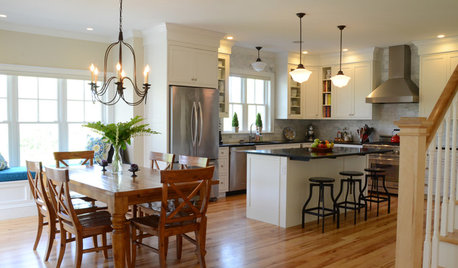
BUDGETING YOUR PROJECTHouzz Call: What Did Your Kitchen Renovation Teach You About Budgeting?
Cost is often the biggest shocker in a home renovation project. Share your wisdom to help your fellow Houzzers
Full Story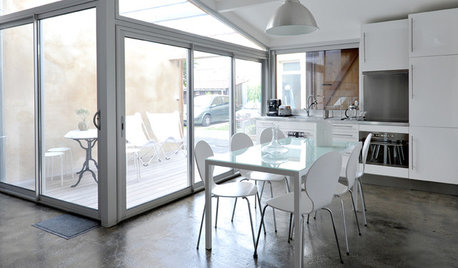
MORE ROOMSMore Living Space: Converting a Garage
5 things to consider when creating new living space in the garage
Full Story
LIVING ROOMSHow to Convert Your Wood-Burning Fireplace
Learn about inserts and other options for switching your fireplace from wood to gas or electric
Full Story
BATHROOM DESIGNConvert Your Tub Space Into a Shower — Waterproofing and Drainage
Step 4 in swapping your tub for a sleek new shower: Pick your waterproofing materials and drain, and don't forget to test
Full Story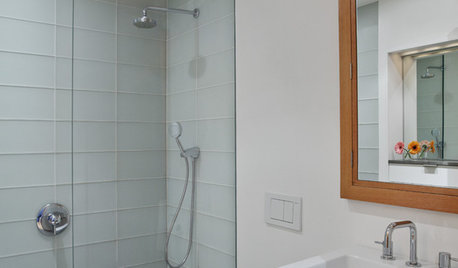
BATHROOM DESIGNConvert Your Tub Space to a Shower — the Planning Phase
Step 1 in swapping your tub for a sleek new shower: Get all the remodel details down on paper
Full Story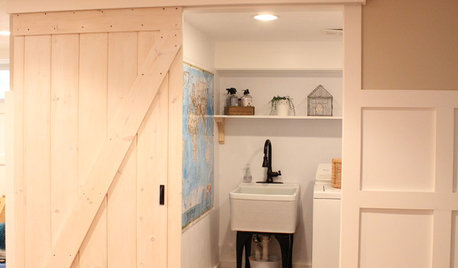
DIY PROJECTSMake Your Own Barn-Style Door — in Any Size You Need
Low ceilings or odd-size doorways are no problem when you fashion a barn door from exterior siding and a closet track
Full Story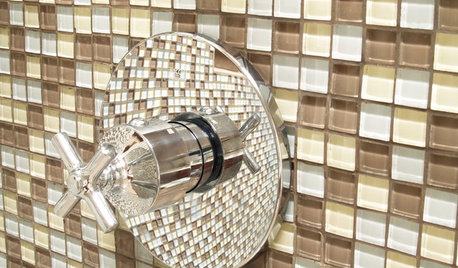
BATHROOM DESIGNConvert Your Tub Space to a Shower — the Fixtures-Shopping Phase
Step 2 in swapping your tub for a sleek new shower: Determine your mechanical needs and buy quality fixtures
Full StorySponsored
Central Ohio's Trusted Home Remodeler Specializing in Kitchens & Baths
More Discussions








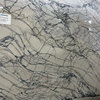
lalithar
breezygirl
Related Professionals
Everett Kitchen & Bathroom Designers · North Versailles Kitchen & Bathroom Designers · Saratoga Springs Kitchen & Bathroom Designers · Omaha Kitchen & Bathroom Remodelers · Omaha Kitchen & Bathroom Remodelers · Pueblo Kitchen & Bathroom Remodelers · Upper Saint Clair Kitchen & Bathroom Remodelers · East Saint Louis Cabinets & Cabinetry · Lackawanna Cabinets & Cabinetry · Newcastle Cabinets & Cabinetry · Reading Cabinets & Cabinetry · Sunset Cabinets & Cabinetry · North Bay Shore Cabinets & Cabinetry · Lake Nona Tile and Stone Contractors · Mililani Town Design-Build Firmsfunnysunny
TxMartiOriginal Author
debrak_2008
Madeline616
celticmoon
lalithar
User
michoumonster
live_wire_oak
angela12345
Jack Kennedy
ControlfreakECS
a2gemini
angie_diy
Cloud Swift
Cloud Swift
dodge59
CEFreeman
steph2000
Madeline616
Circus Peanut
caryscott
angie_diy
CEFreeman
sprtphntc7a
msrose
angie_diy
User
Rachiele Custom Sinks
steph2000
sprtphntc7a
belladom
Circus Peanut
angela12345
angela12345